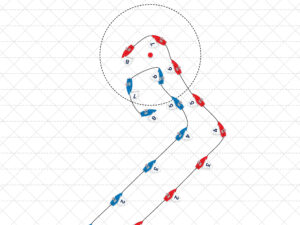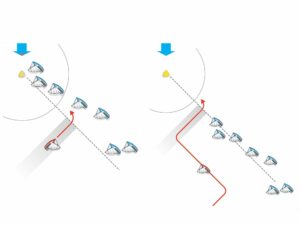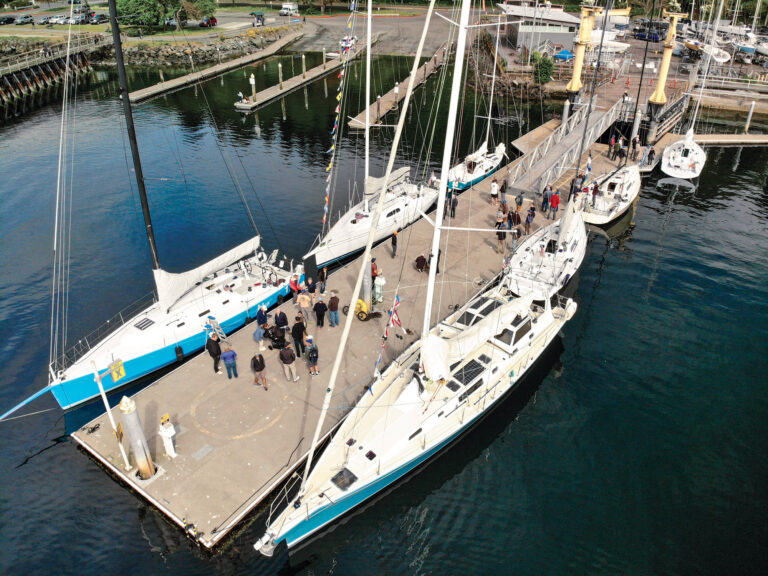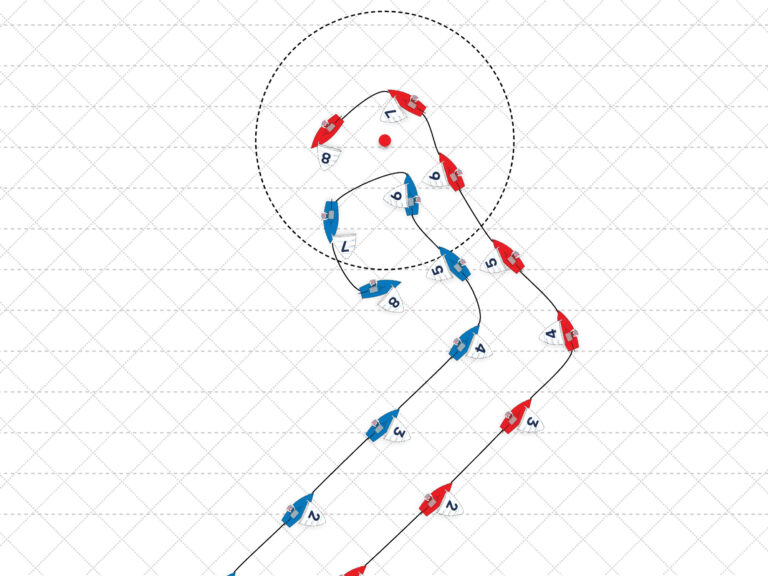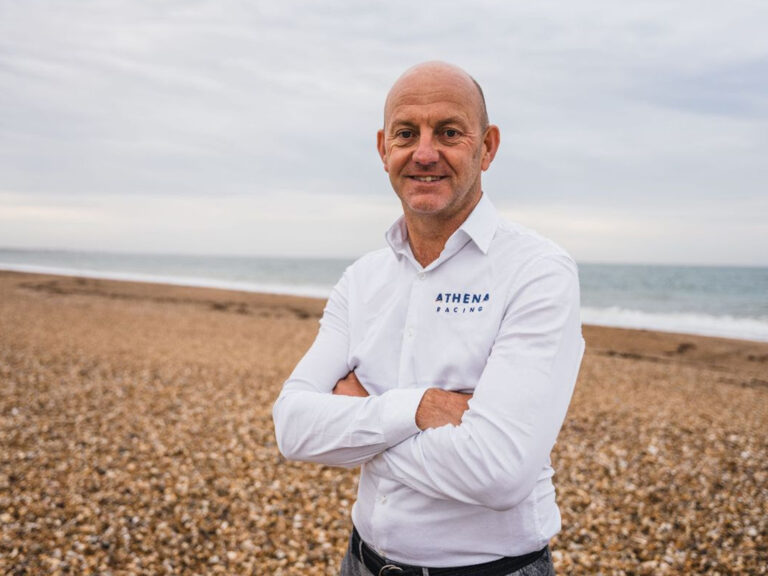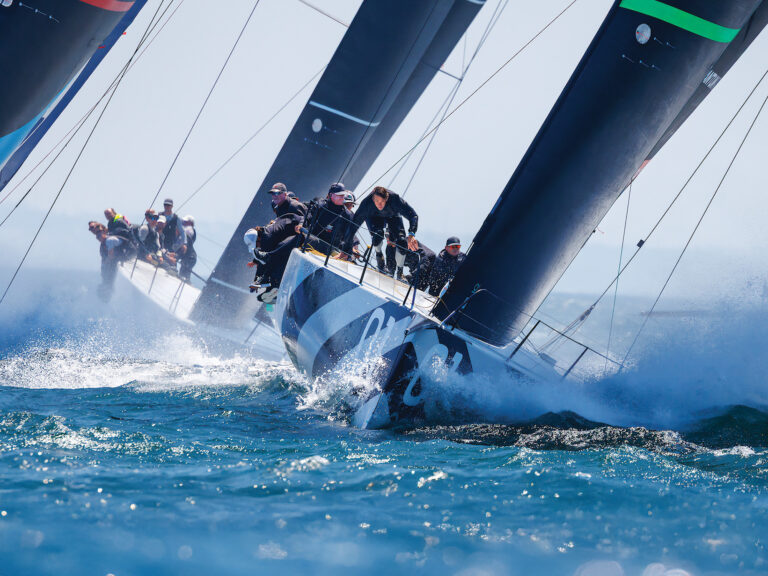
The first twilight race of the year is a special time. After thinking about sailing and racing all winter long, we finally get to go evening racing again. My wife, Libby, has a J/70 that she races on Lake Washington, and sometimes I get to tag along. Our first Wednesday-night outing was the start of her season, and excitement was high.
However, when we arrive at the boat and start rigging, we discover a major issue: There is no tail to the jib halyard. The thin rope used to hoist the jib is lost inside the mast and nowhere to be seen. There is only one approach to fixing this problem: We’ll have to pull out the halyard from the top of the rig, rerun it down inside the mast, and then fish it out through the narrow halyard exit slot in the mast wall. Fortunately, we have more than an hour until the start, so we are confident that we can make it happen and not miss a thing. We’re darn well going to try anyway, because we really don’t want to miss the season opener.
One of Libby’s crew is 20-year-old Esther Goodell. She is smart, capable, eager and fearless. As I am preparing to get hoisted aloft on a fender repurposed as a bosun’s chair, Goodell volunteers to go up instead. Let’s see…her 110 pounds or my 180 pounds?
Yeah, sending Goodell up is a much better idea. So, we haul her to the hounds carrying a weighted string to feed into the mast. After a couple of attempts and some fiddling with it, she finally gets the string to drop all the way down. Then comes too many unsuccessful attempts to fish the string out of the slot, until Libby finally snags it with a hook and pulls it out. Success! We are definitely making the start.
Not so fast, cowboy. As we try to pull the halyard through, the messenger becomes disconnected, and we are back to where we started. We have to go through the whole process again, but soon enough, we have a working halyard, and finally we can lower Goodell to the deck.
Sails go up, and we’re off the dock with 20 minutes to spare. Spirits are high until we go for our practice spinnaker set. The halyard skies to the top of the mast, and the spinnaker falls into the water. In our haste to get going, we had tied a poor knot, and now our kite halyard is at the top of the mast.
After a brief discussion of our options, we head back to the dock to try to tip over the boat and recover the halyard. I have seen this done with other J/70s, but I’ve never done it myself. Turns out, it’s an exciting exercise but perfectly doable. We start pulling the boat over onto its side using the main halyard and pulling on the shrouds. It takes the full weight of the crew pulling like crazy until we get it far enough over to grab the runaway halyard.
With the mainsail back up, we’re in business and hustling to get out to the racecourse. But by now we’ve missed the first race of the night. Bummer, but we were good to go for the second and final race. We sail well and get a fifth place in the 27-boat fleet.
While our DNC and fifth-place scores might not seem that great, for Libby’s team, it’s a positive night. We’ve worked together to overcome multiple challenges. It would have been easy to give up and say it was all too difficult, but we’ve persevered, kept a positive attitude, and problem-solved our way to making a fun second race. It’s amazing how adversity makes us stronger and brings a team closer together. The lessons for us are obvious: Think through solutions as a team, don’t give up, and take your time when tying halyard knots.
A Skied Halyard Recovery Kit
If you’ve never accidentally sent a halyard to the top of the rig, congratulations. It’ll happen eventually. Getting back into action requires the right tools at the ready. A few essentials in an onboard tool kit, or in the dock box, are all you need. Also, to make the job easier, have a reeving splice in the tail end of every halyard.
- Length of small-diameter Dyneema that’s
at least twice the mast height - 6- to 12-inch section of bike chain
- Sewing kit with whipping twine
- Electrical tape
- Seizing wire to make a hook
- Bright, narrow-beam flashlight

